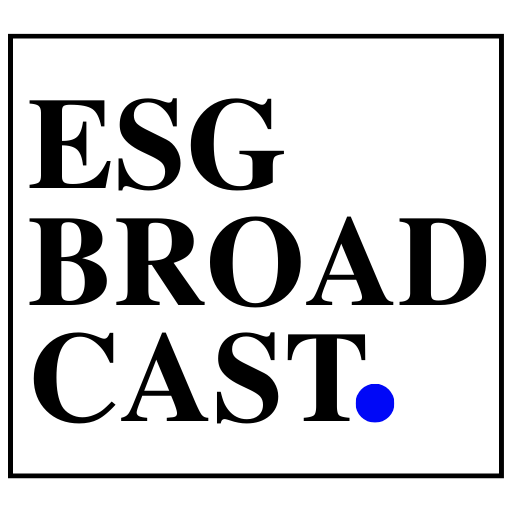The EU Commission is taking a significant stride toward safeguarding the environment by implementing measures to limit intentionally added microplastics in products governed by the EU chemical legislation known as REACH. These new regulations are designed to prevent the release of approximately half a million tons of microplastics into the environment. They will forbid the sale of both microplastics themselves and products intentionally infused with microplastics that subsequently release them during use. Special provisions, such as exemptions and transitional periods, will be available for affected parties to adapt to these new rules when valid reasons exist.
The adopted restriction employs a comprehensive definition of microplastics, encompassing all synthetic polymer particles that are organic, insoluble, and resistant to degradation and measure less than five millimetres. The objective is to minimize emissions of intentional microplastics from a wide range of products. Some examples of common items covered by this restriction include:
- Granular infill material used in artificial sports surfaces, which represents the most significant source of intentionally added microplastics in the environment.
- Cosmetics, where microplastics are utilized for purposes such as exfoliation (microbeads) or achieving specific textures, fragrances, or colours.
- Detergents, fabric softeners, glitter, fertilizers, plant protection products, toys, medicines, and medical devices, to name just a few.
Products used in industrial settings or those that do not release microplastics during use are exempted from the sales ban. However, manufacturers of such products must provide guidance on their proper use and disposal to prevent the emission of microplastics.
The initial measures, including the prohibition on loose glitter and microbeads, will come into effect when the restriction becomes enforceable in 20 days. In other cases, the sales ban will be implemented at a later date to give affected stakeholders sufficient time to develop and transition to alternative solutions.
Background:
The Commission is firmly committed to combating microplastic pollution, as outlined in the European Green Deal and the new Circular Economy Action Plan. In the Zero Pollution Action Plan, the Commission has set a target to reduce microplastic pollution by 30% by 2030.
As part of these efforts, the Commission is addressing microplastic pollution stemming from various sources, including plastic waste and litter, accidental and unintentional releases (e.g., loss of plastic pellets, tire degradation, or release from clothing), as well as intentional use in products.
To address microplastic pollution while ensuring the integrity of the single market, the Commission tasked the European Chemicals Agency (ECHA) with assessing the risk associated with intentionally added microplastics in products and determining if further EU-level regulatory action was necessary. ECHA’s assessment revealed that certain products intentionally containing microplastics release them into the environment in an uncontrolled manner, leading to its recommendation for restrictions.
Based on the scientific evidence provided by ECHA, the Commission developed a restriction proposal under REACH. This proposal received favourable votes from EU member states and successfully underwent scrutiny by the European Parliament and the Council before being adopted.






